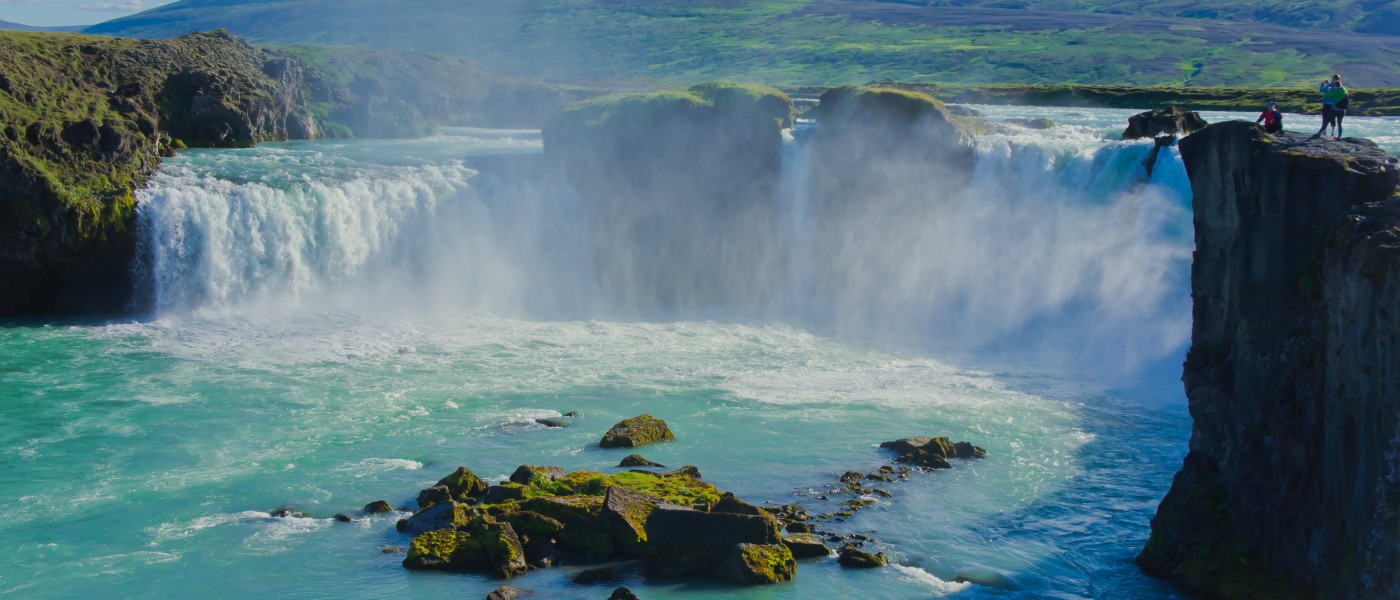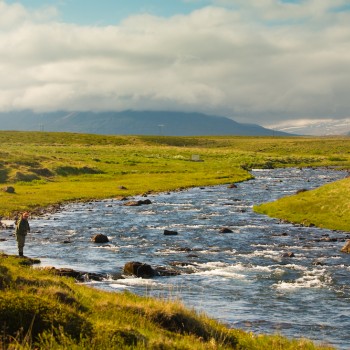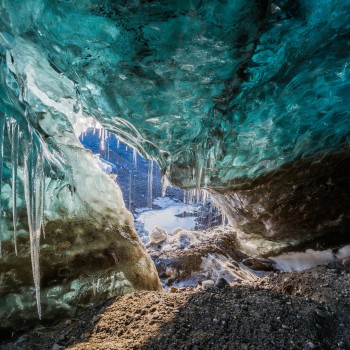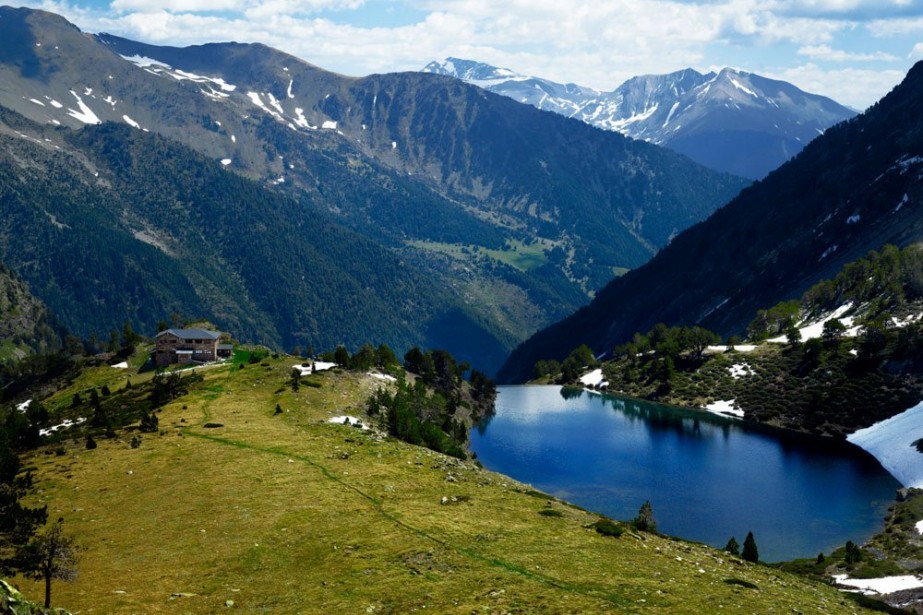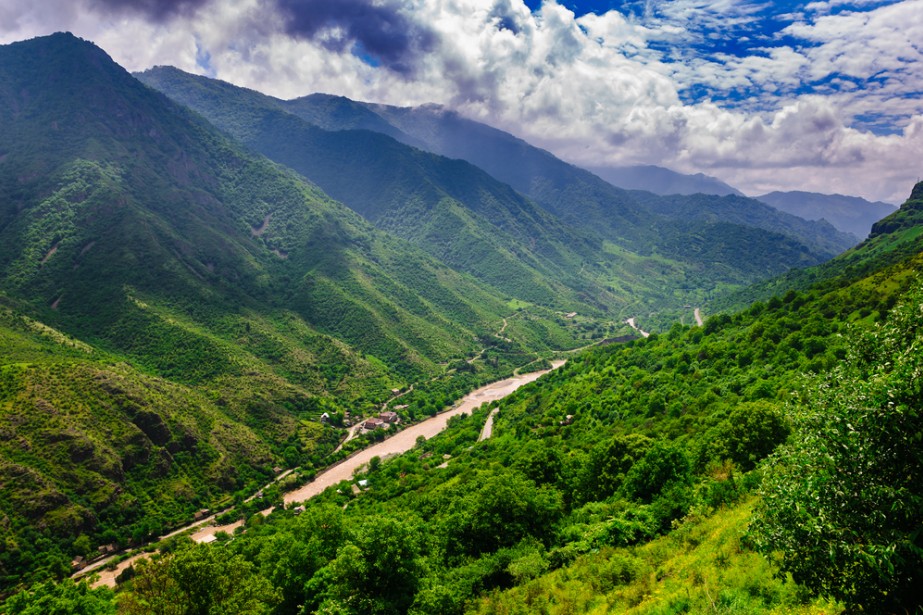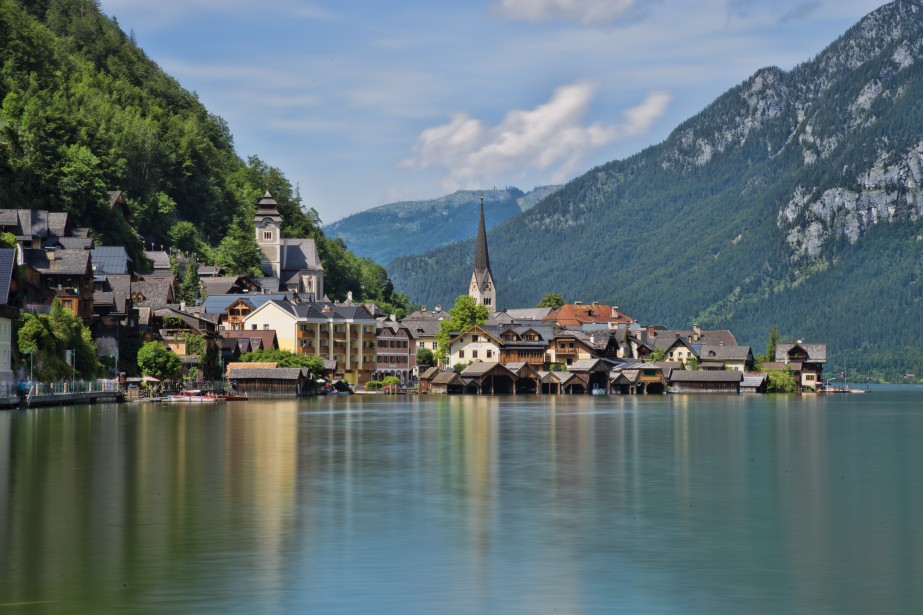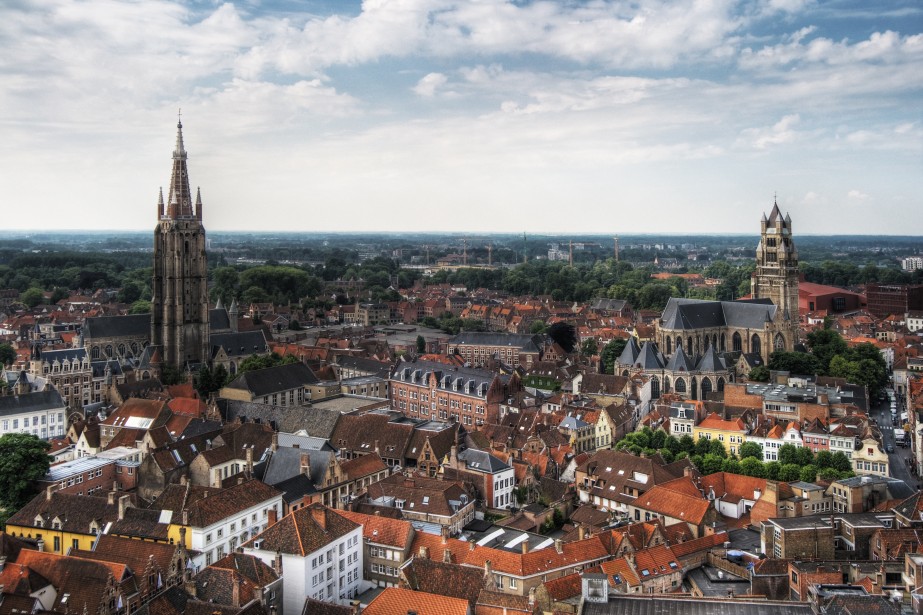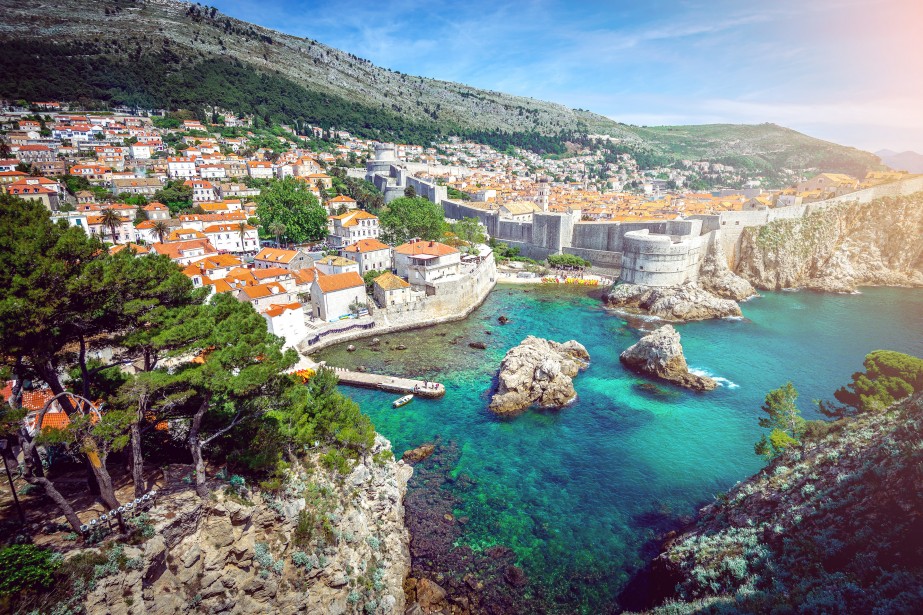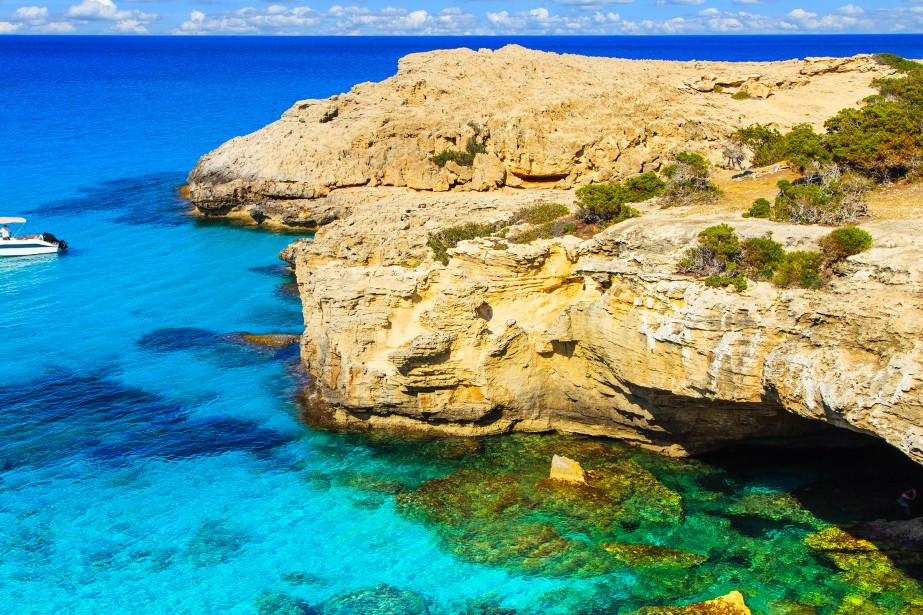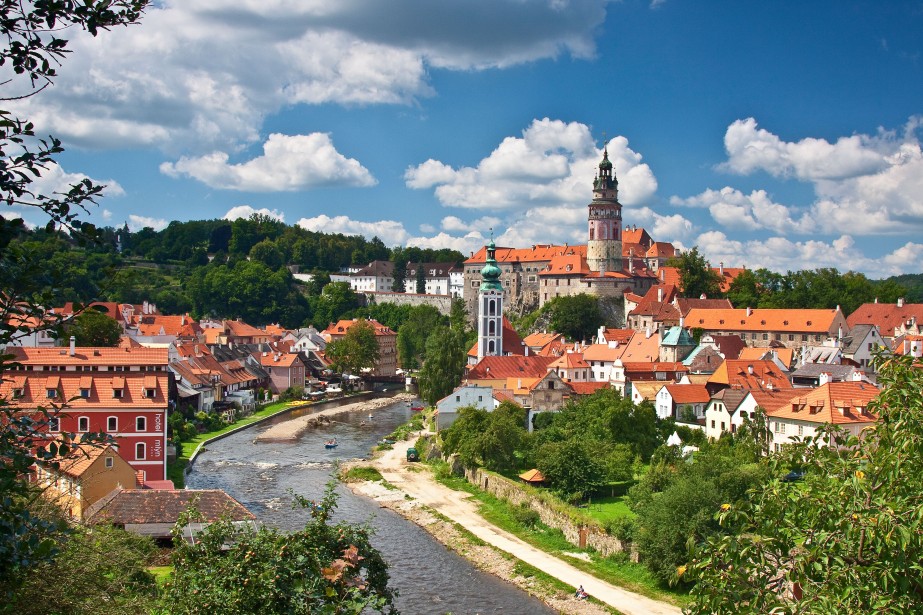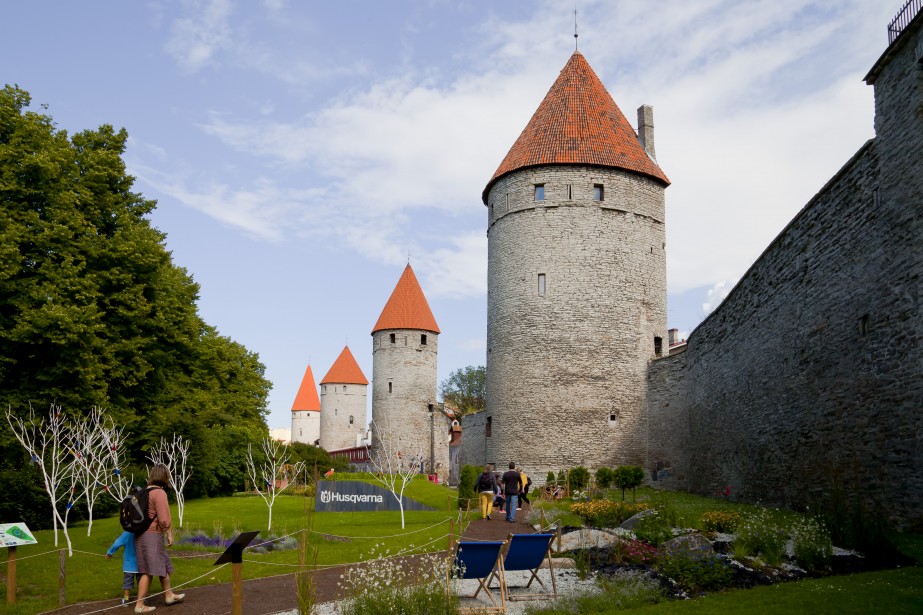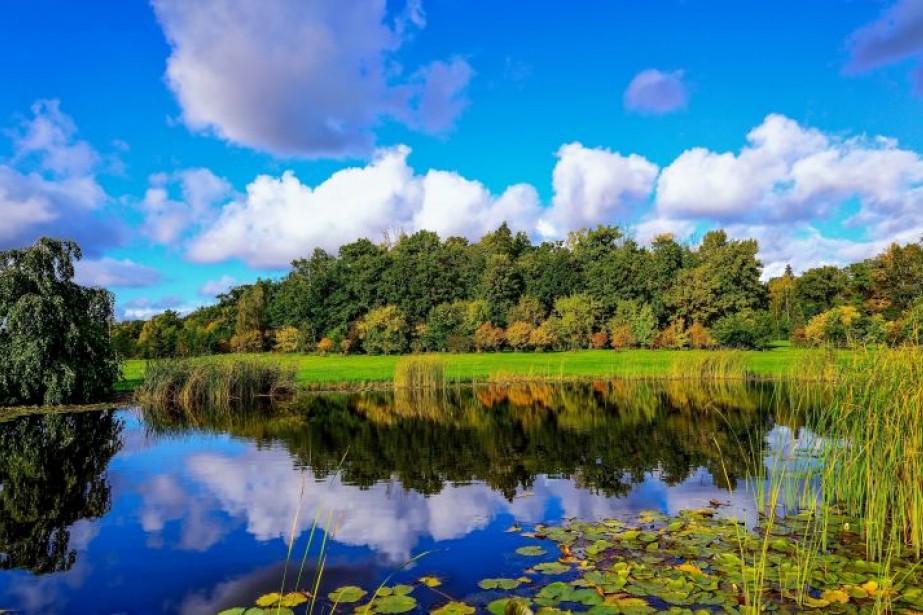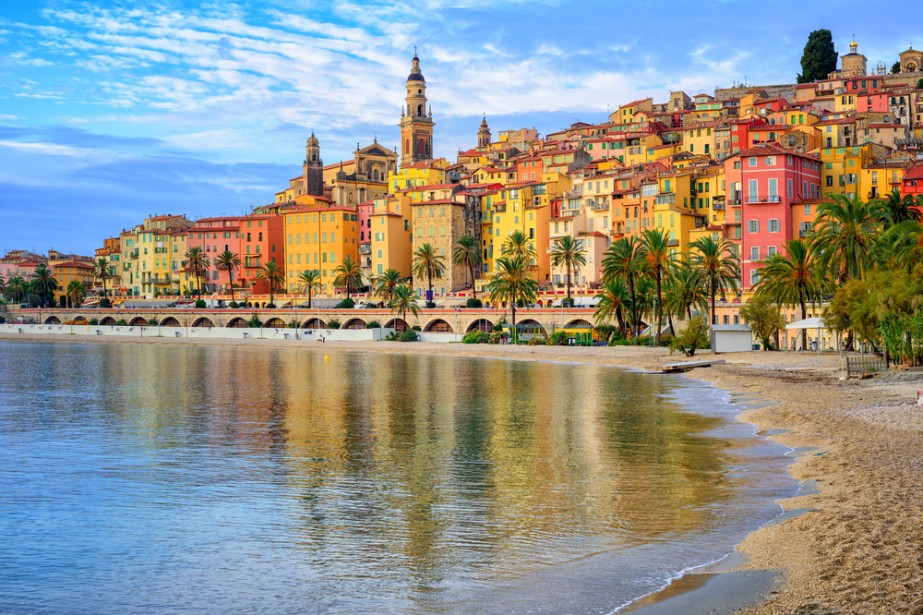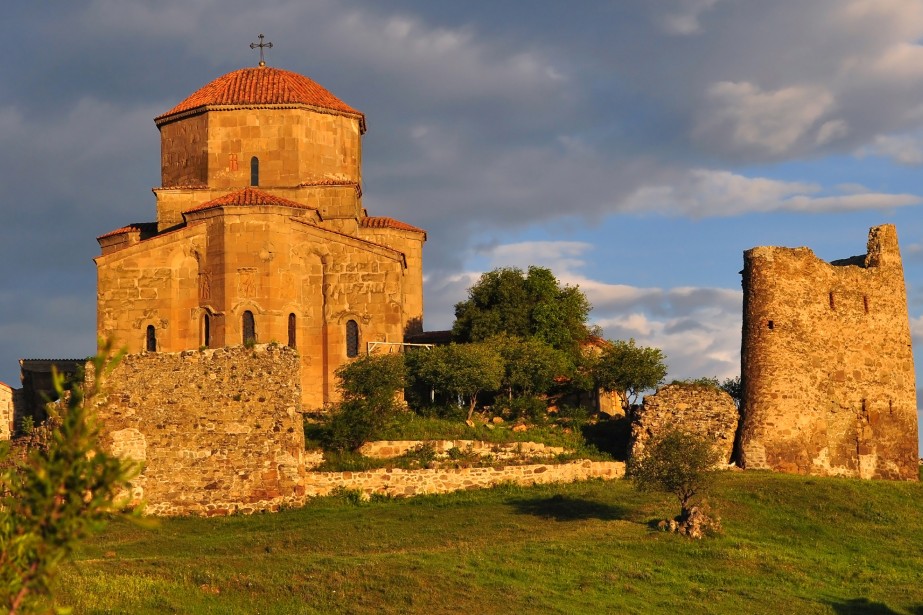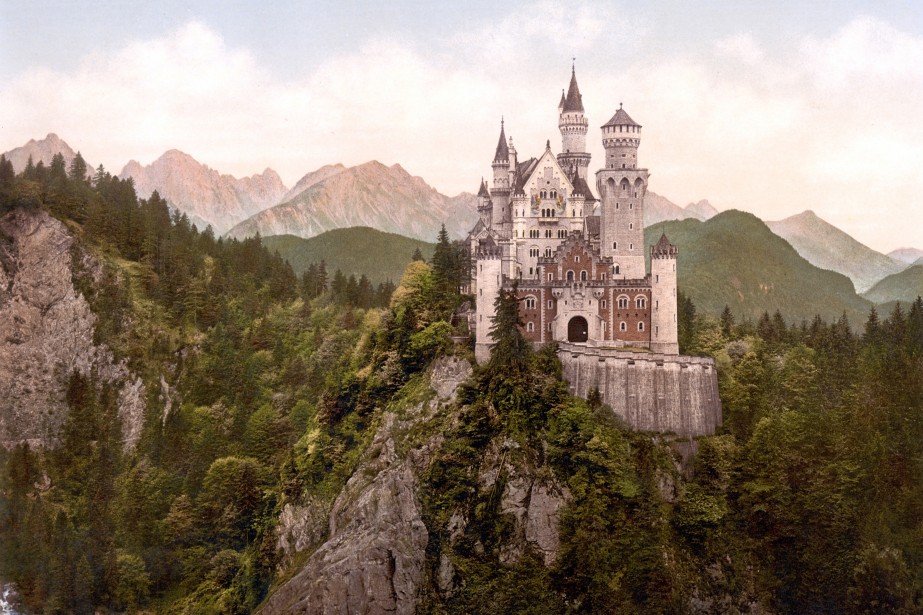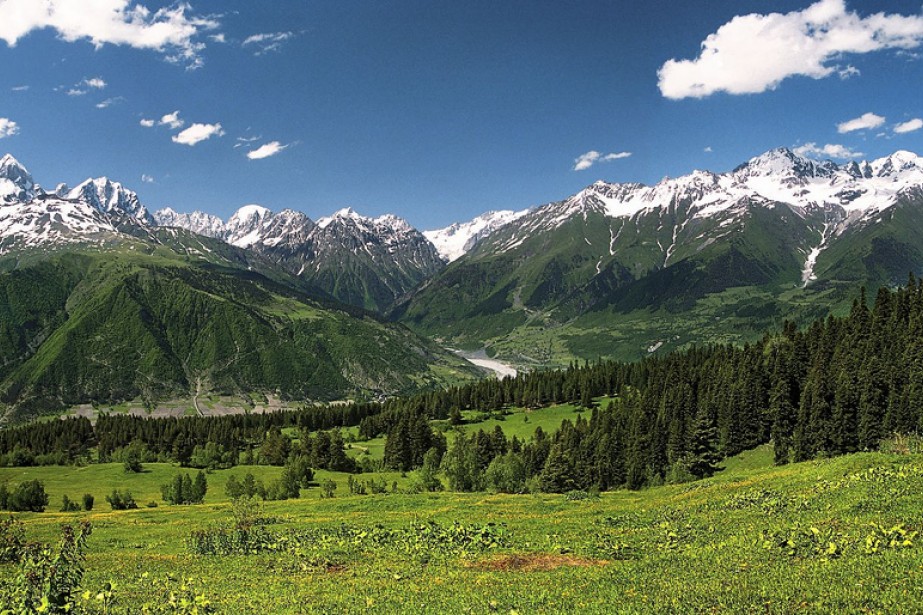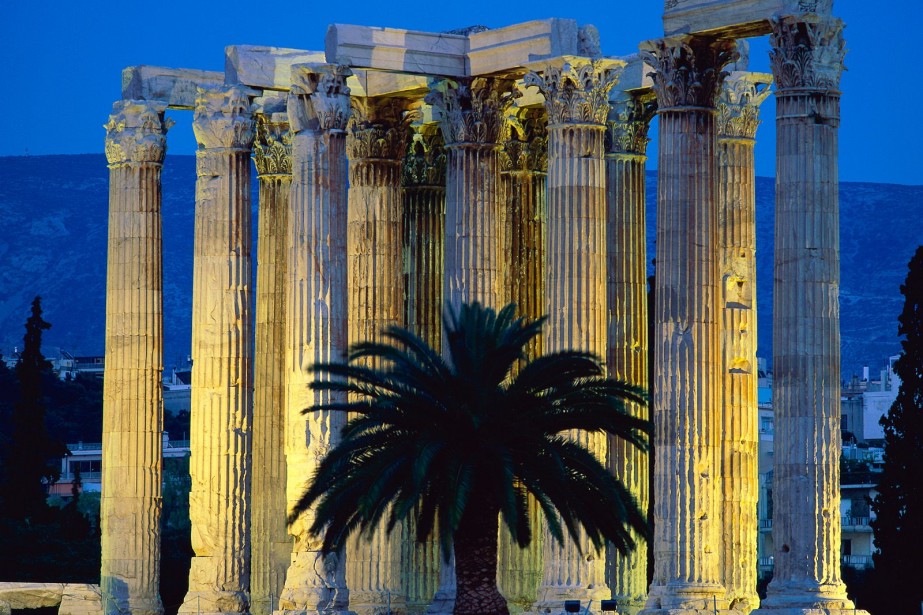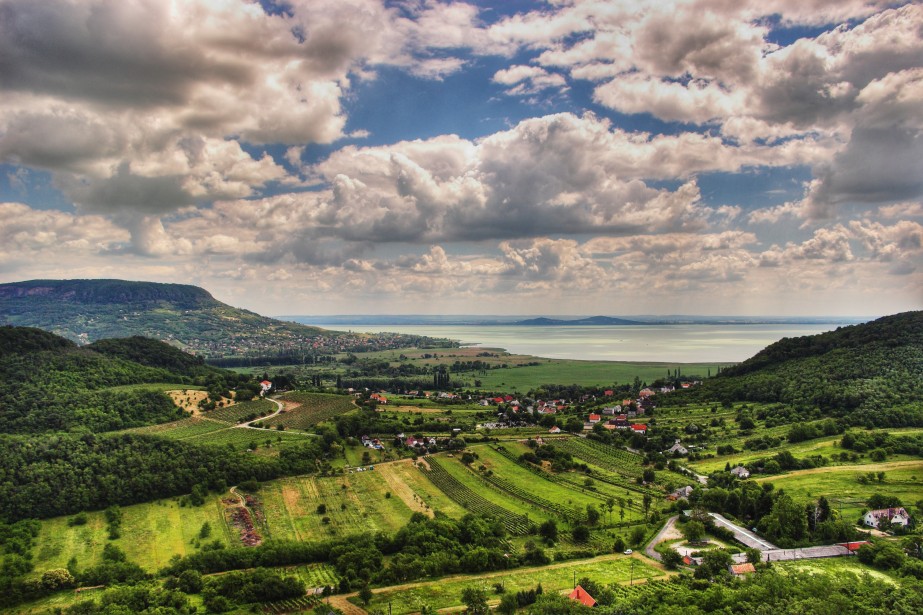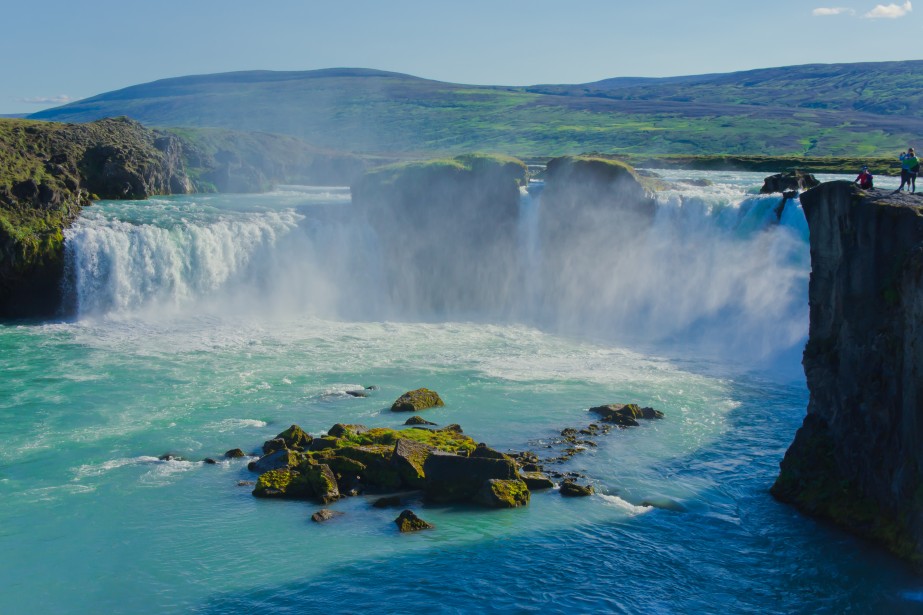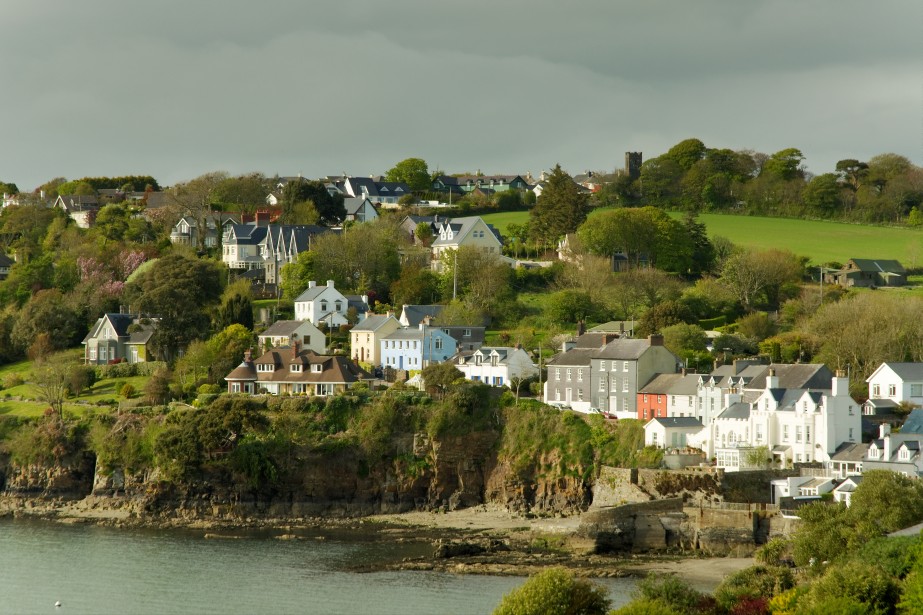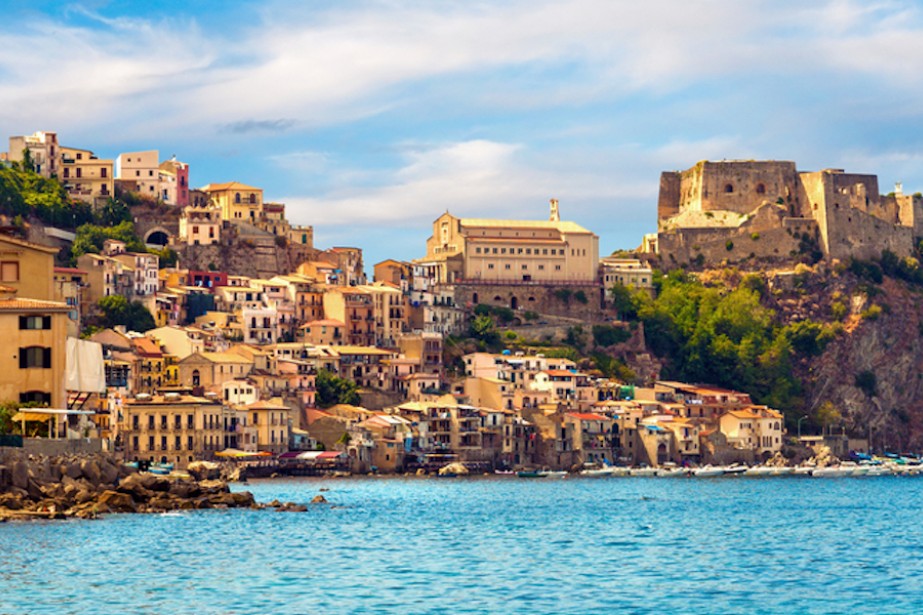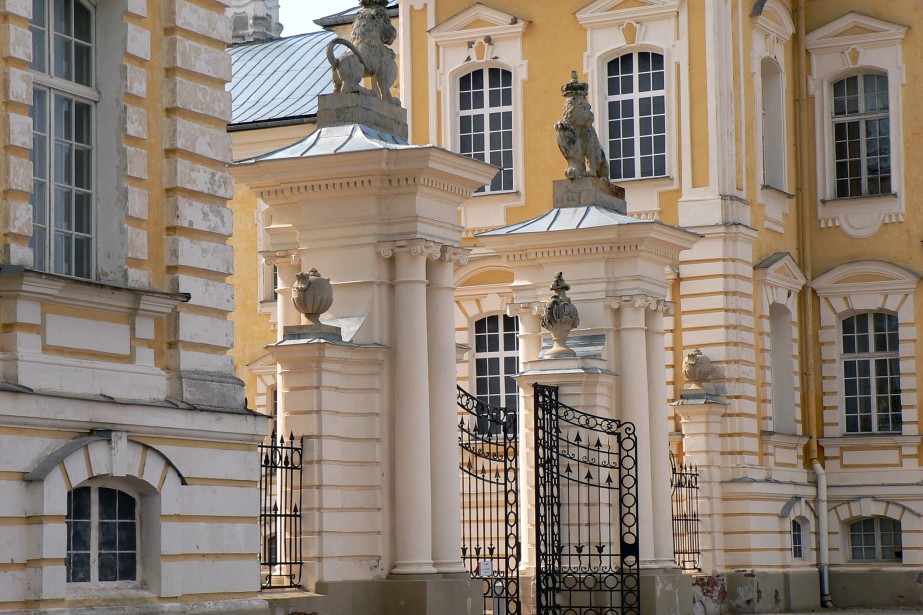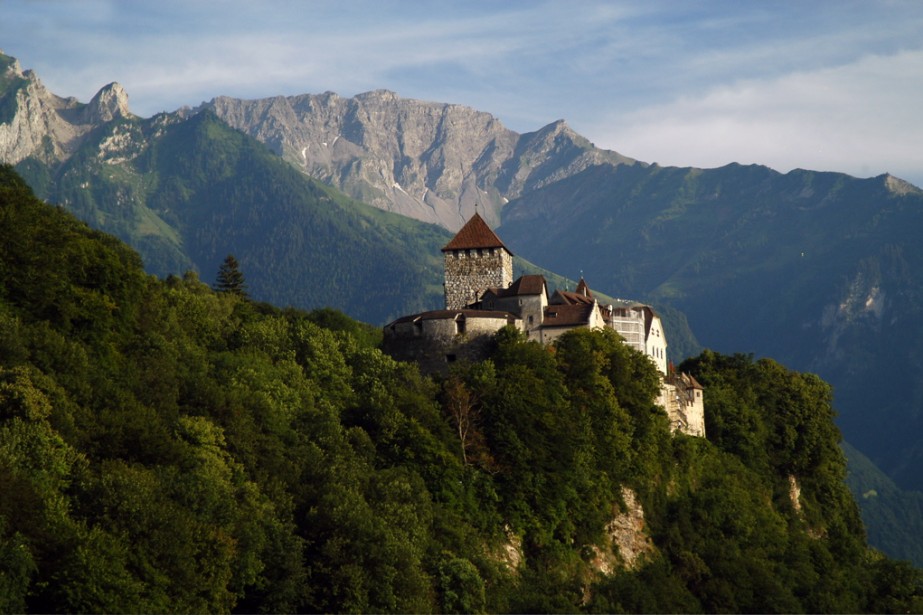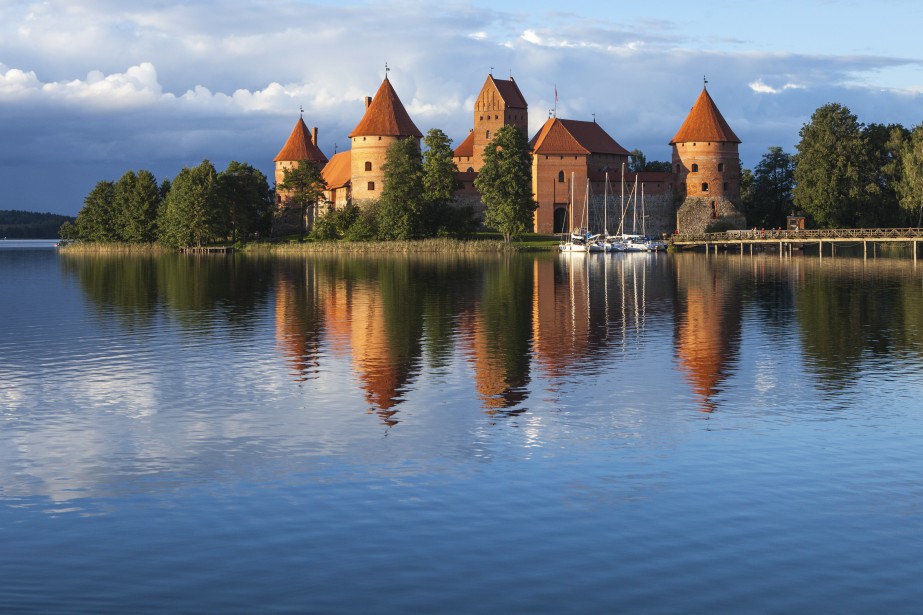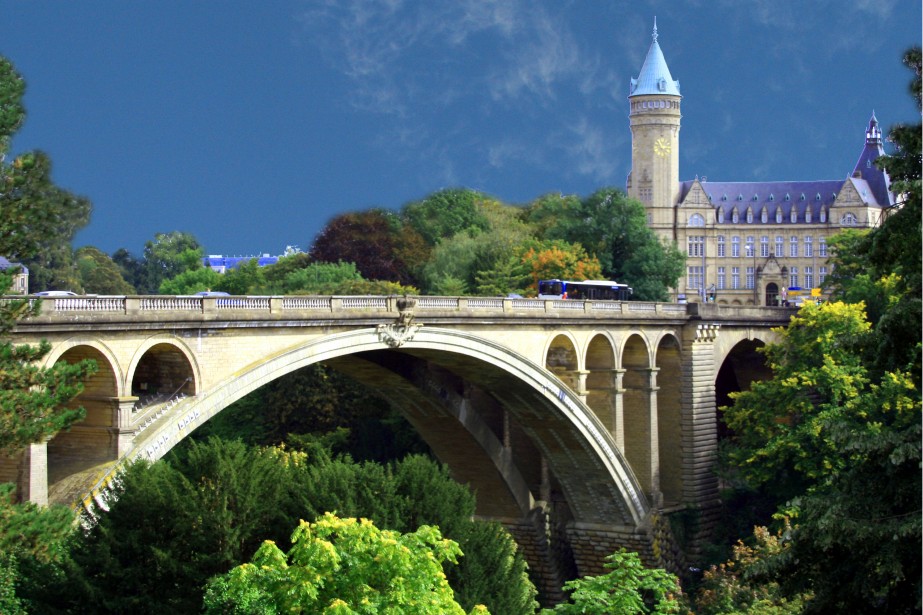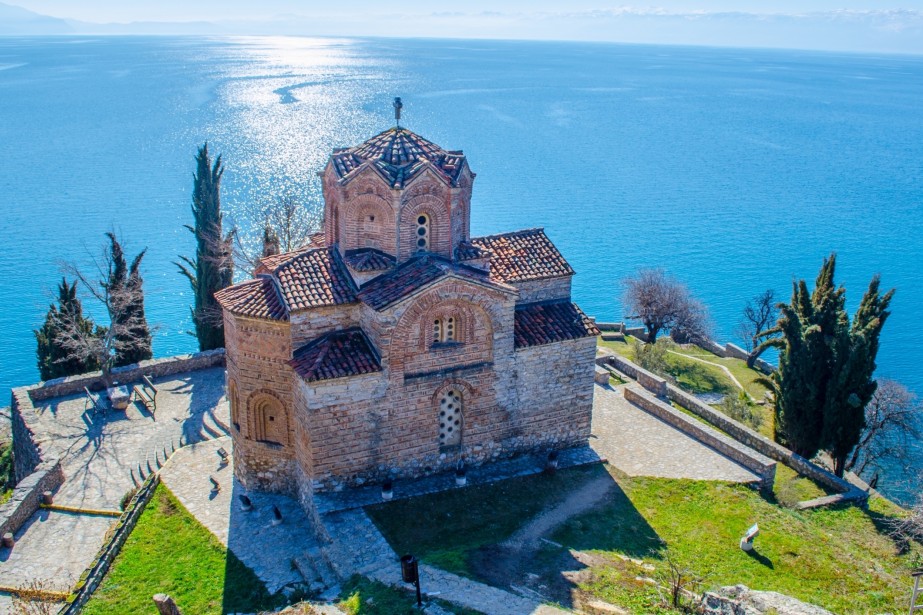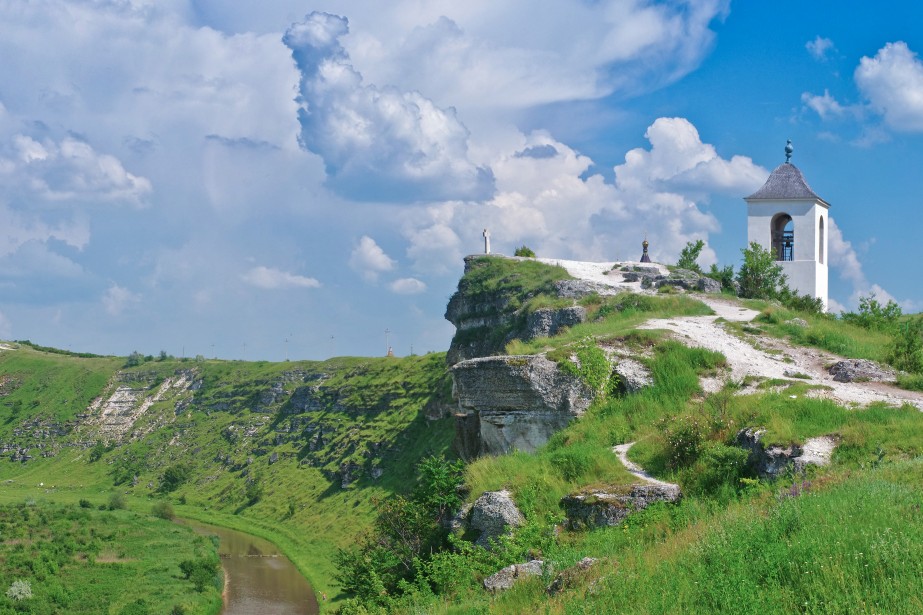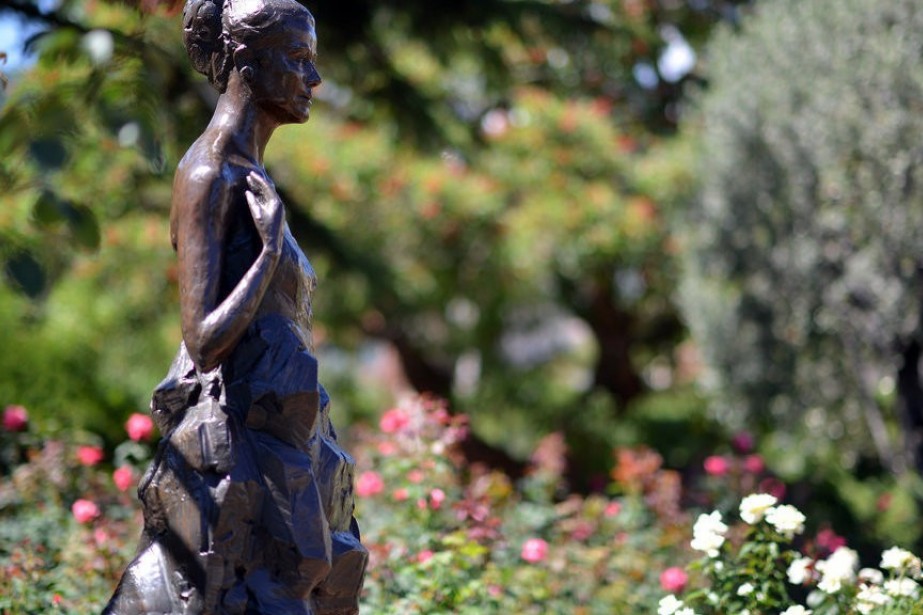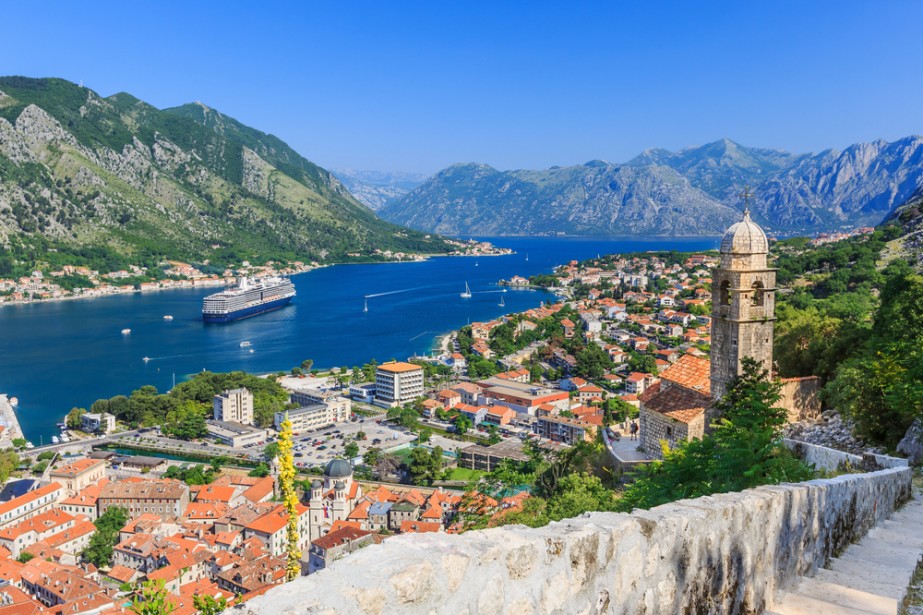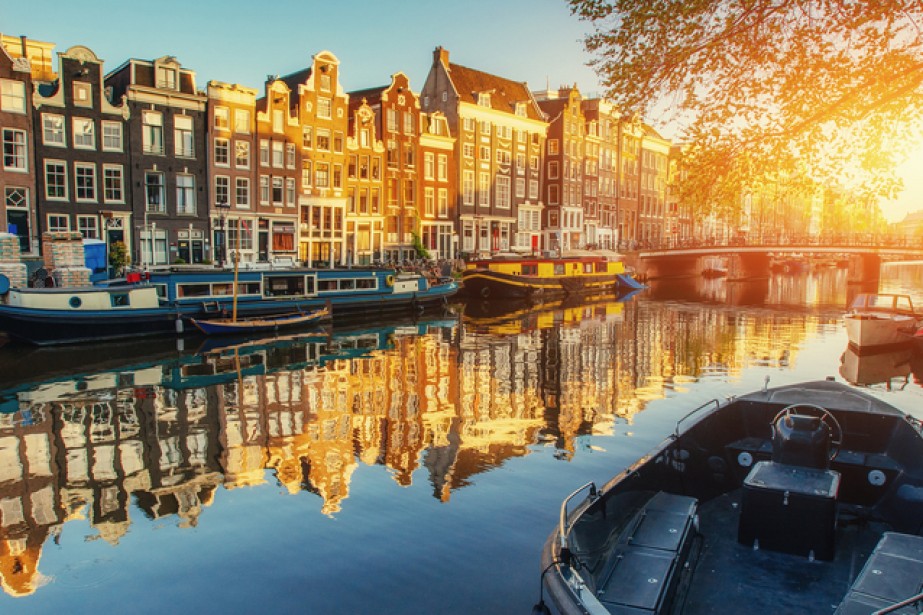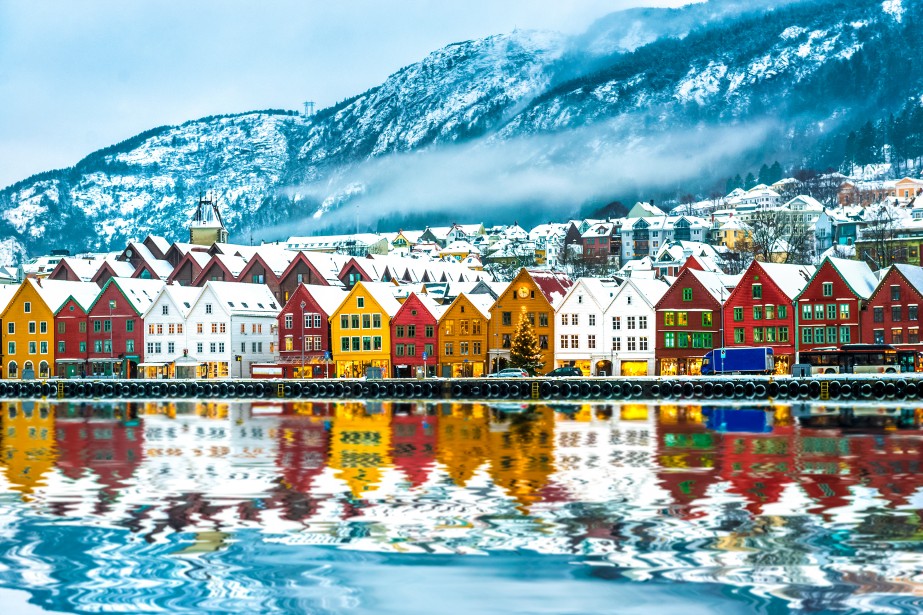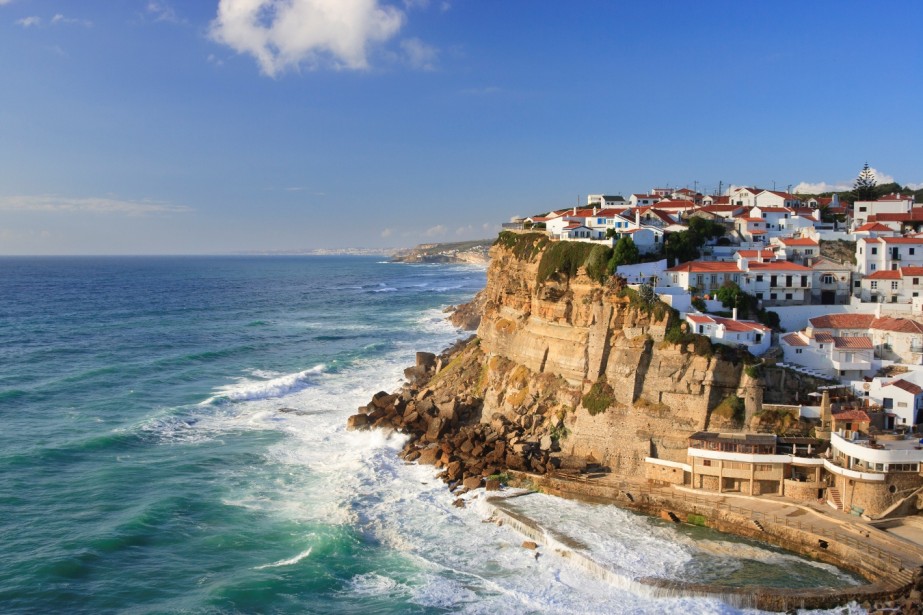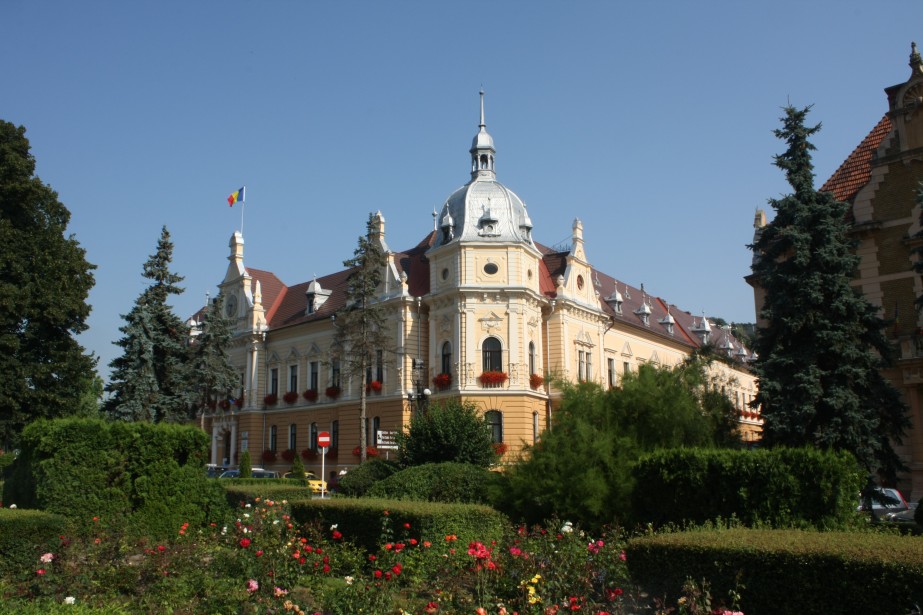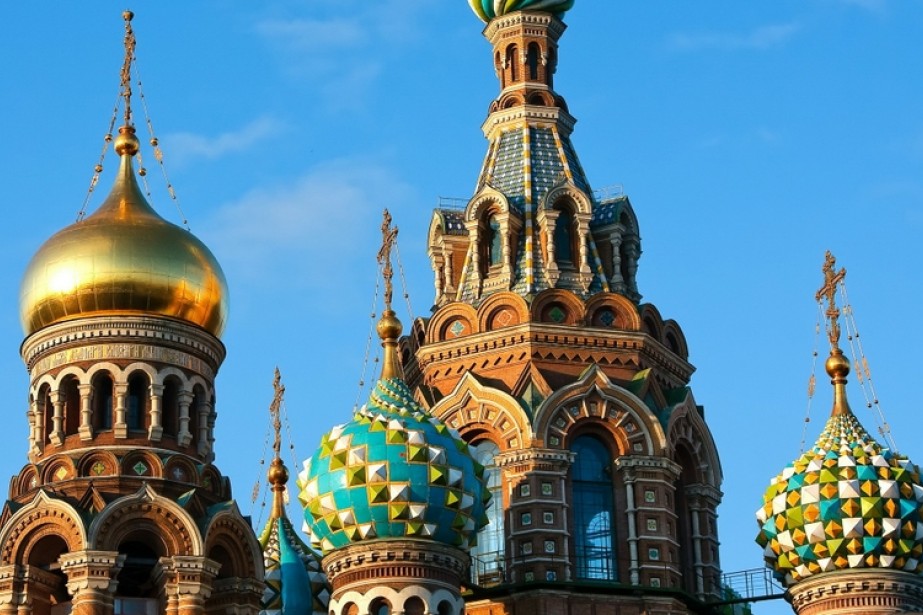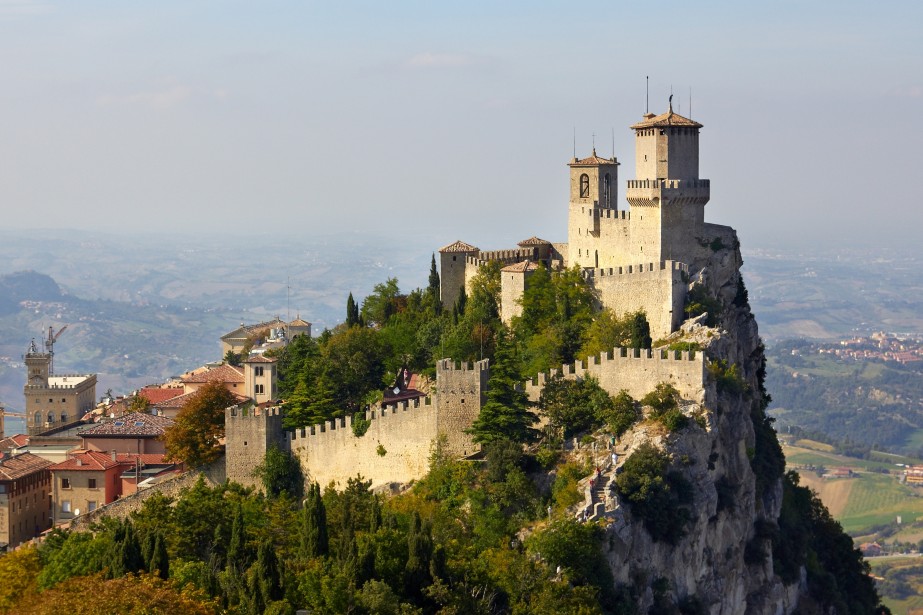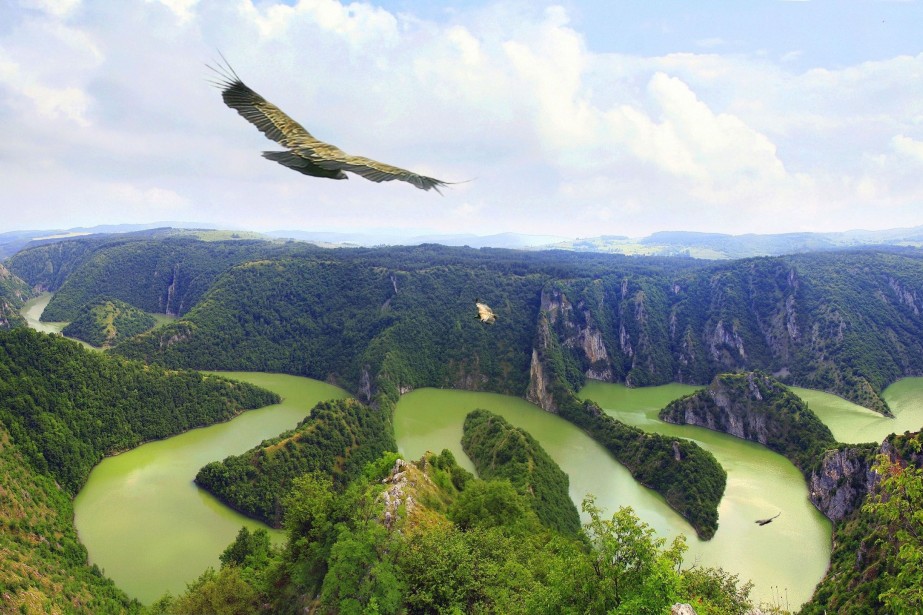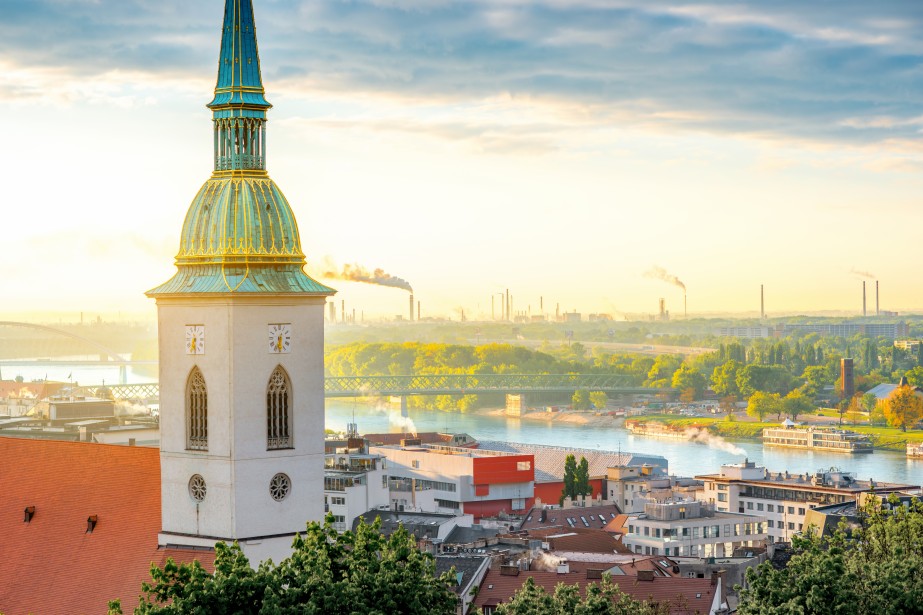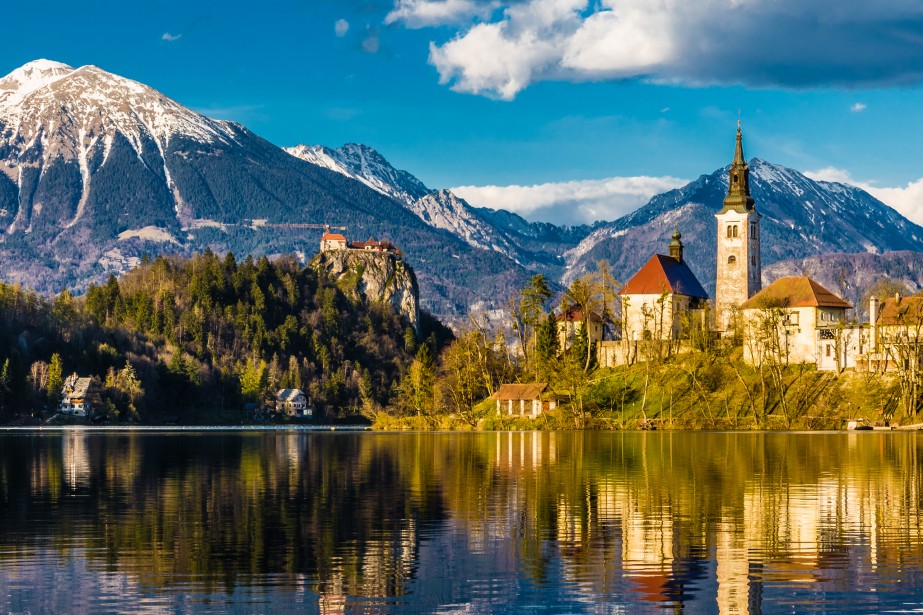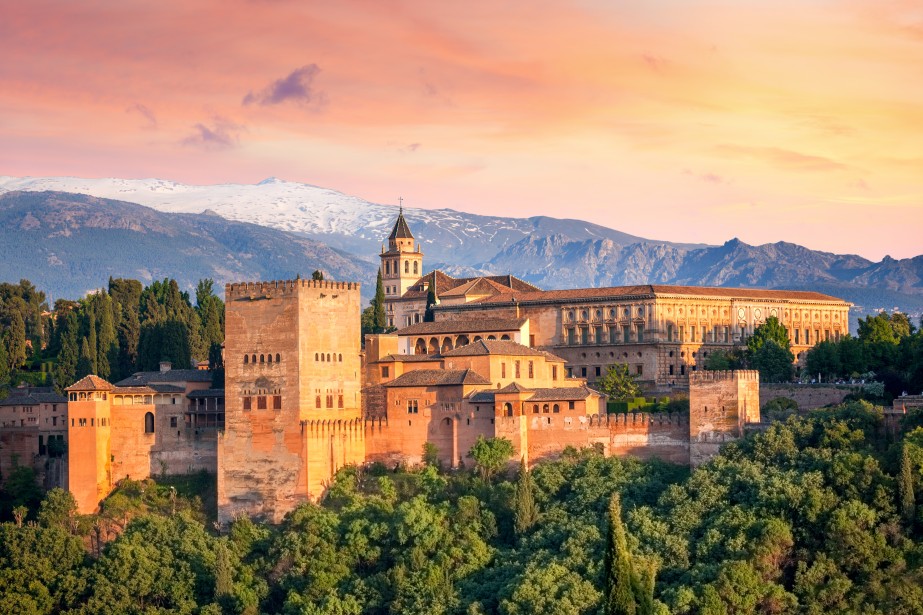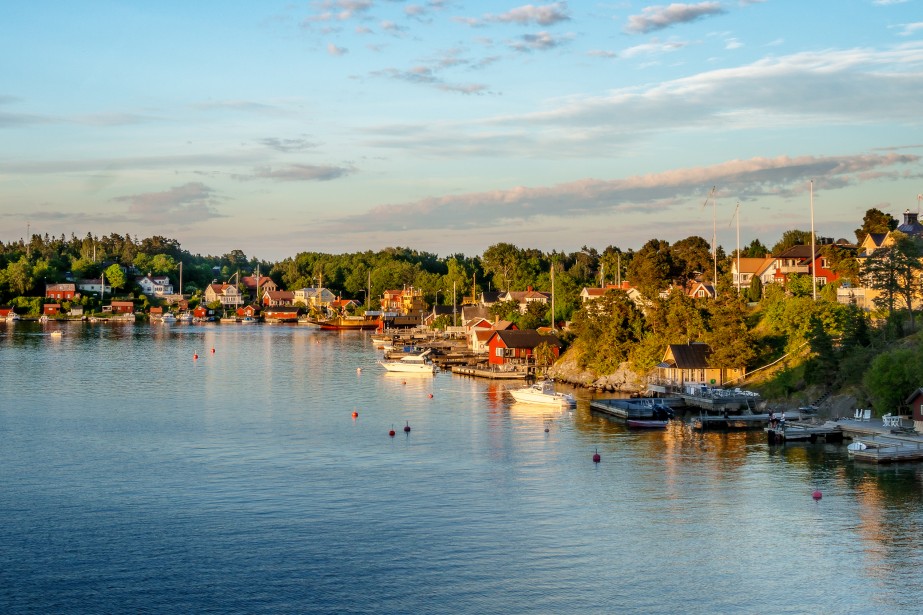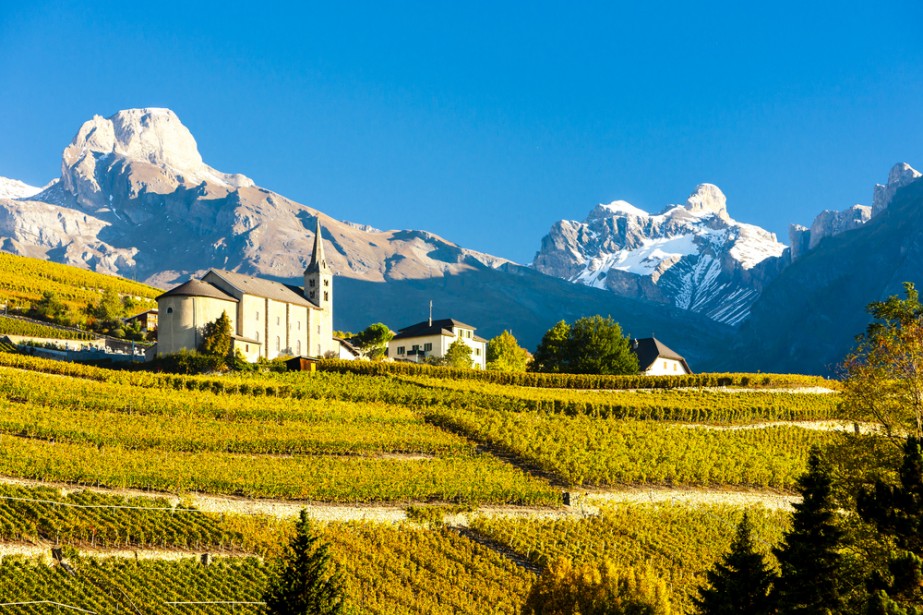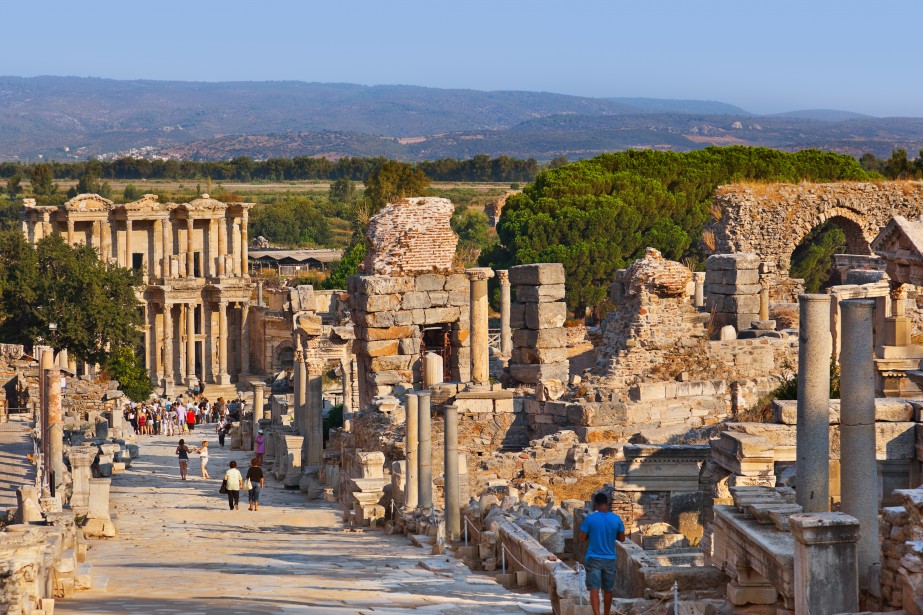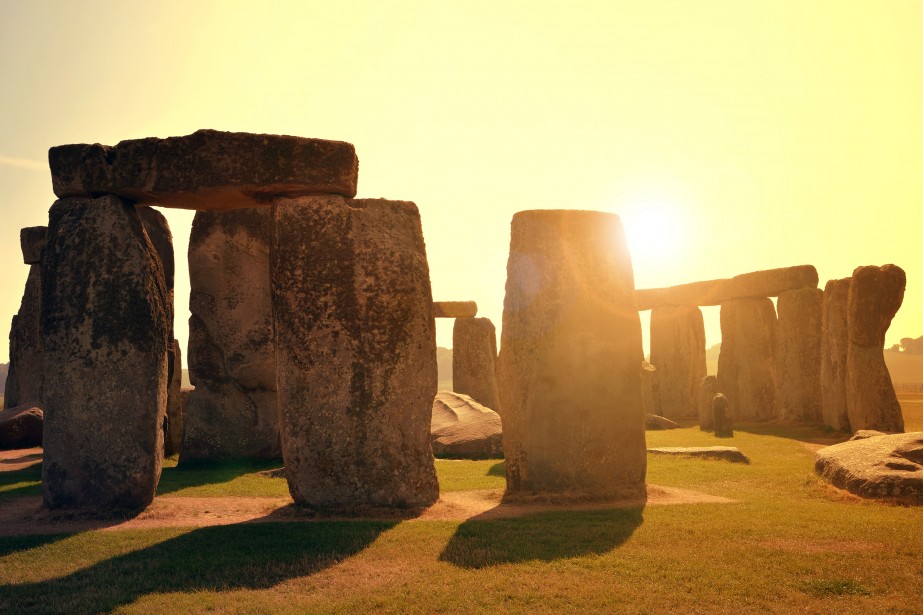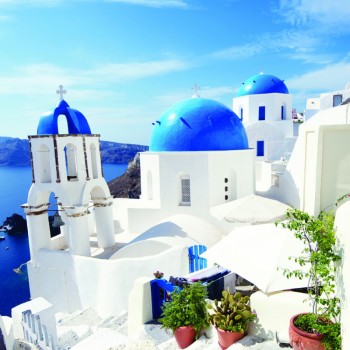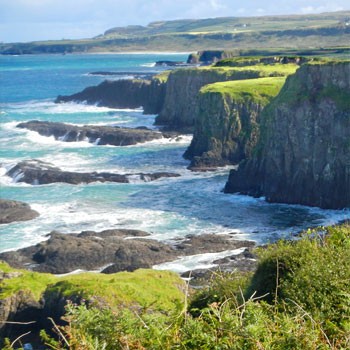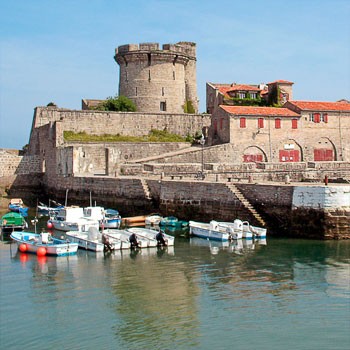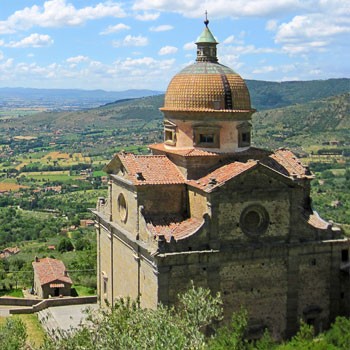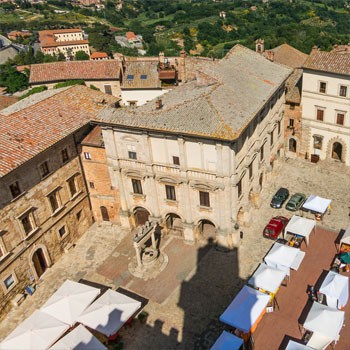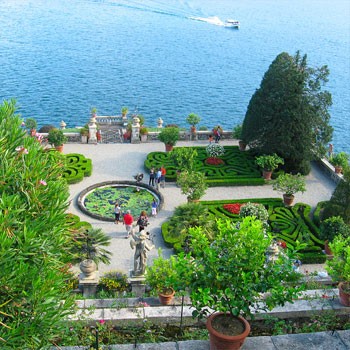Submitted by Pip Strickland on August 24, 2016
Overview
Situated between the Atlantic and Arctic Oceans on the edge of the Arctic Circle, Iceland is Europe’s most sparsely populated country. Its volcanic and geothermal activity, together with immense glaciers, have created an outstanding landscape of bubbling hot springs, snow-capped volcanic peaks, erupting geysers and cascading waterfalls.
The capital Reykjavik is a picturesque blend of colorful Nordic architecture and an excellent dining and nightlife scene, together with a vibrant arts and cultural movement. It’s a pleasant base for exploring the famed Golden Circle route that encompasses Gullfoss waterfall, Þingvellir National Park, and the Haukadalur geothermal area, while the nearby Blue Lagoon offers a therapeutic soak.
But it’s once you venture further afield that you really experience the raw beauty of Iceland. Whether it be trekking through Landmannalaugar, birdwatching on Lake Myvatn, or witnessing the Northern Lights, Iceland is a country which inspires even the most well-traveled outdoor enthusiast.
When to travel - weather
Iceland’s northern latitudes mean that the country is exposed to almost fully-lit nights between mid-May and early August and plunges into darkness over the winter months. The main advantage of braving the freezing winter temperatures and lack of daylight is the opportunity to witness the Aurora Borealis, or Northern Lights, which illuminate the skies from September through to January.
But the long summer days are the ideal time to visit, when all tourist attractions are open and the public transport network is operating on a more convenient basis. You can pack a lot of sightseeing in well into the evenings and will experience the most favorable (although still not hot) temperatures. Keep in mind that this is also the busiest tourist period, particularly over July and August when both domestic and European visitors are on their annual breaks. Campsites can get incredibly full and the lack of darkness sees even youngsters playing noisily well into the night, making it sometimes difficult to get a full night’s sleep.
Food and drink
The harsh climate of Iceland has resulted in a reduced amount of available ingredients throughout history and a strong emphasis on cereal crops, lamb and fish, cooked fairly plainly and without seasoning. But today hothouses are used to grow a variety of vegetables and the import of ingredients from across Europe and the world has completely transformed the culinary scene. In Reykjavik you can find a diverse array of restaurants serving up international cuisine, while in rural areas grilled meats and stews are the main staples on menus.
If you want to try traditional Icelandic foods, look for harðifiskur, a dried haddock or cod, as well as pickled herrings known as sild. Lobster is a specialty and served in upmarket restaurants along Reykjavik’s port area, while hákarl, rotted shark meat, is a local delicacy incredibly strong in flavor and difficult for many to stomach.
When it comes to meat, smoked lamb known as hangikjöt is quite popular, as is a blood pudding known as blóðmör, together with game like ptarmigan, puffin and reindeer. Artisan cheeses are seeing a resurgence and the local yogurt known as skyr can be found either plain or sweetened with fruit flavorings. If you are traveling to the northeast of Iceland, look for the rye bread known as hverabrauð which is cooked in underground ovens, or visit one of the innovative new restaurants where Iceland’s geothermal energy sources are used as the sole means of cooking.
When it comes to alcohol, Icelanders are not known to drink moderately on a daily basis, perhaps a result of the long-established prohibition laws in the country. Almost all alcohol is imported, but the local spirit known as brennivín, distilled from potatoes and flavored with caraway seeds, is a great way to warm up on chilly nights.
Popular vacation spots
Reykjavik - Located on the southern shore of Faxa Bay, the Icelandic capital Reykjavik is most visitors’ first glimpse of the country. Colorful buildings line its main shopping street of Laugavegur, while excellent museums detail Iceland’s Viking history and the country’s best restaurants serve up unique local delicacies. Don’t miss a visit to the Hallgrímskirkja church, whose architecture was inspired by Iceland’s Black Falls, or a stroll along beautiful Lake Tjörnin in the city center.
The Blue Lagoon - Located just a short drive from Reykjavik is the Blue Lagoon, undoubtedly one of Iceland’s most popular tourist attractions. This geothermal spa has waters rich in silica and other minerals, believed to have natural healing powers against a range of skin-related problems. Whether you opt for one of the Blue Lagoon’s luxury spa treatments or just a soak in the communal pools, its milky blue waters are undeniably atmospheric.
Skaftafell Park - Located within Vatnajökull National Park in southeast Iceland, Skaftafell boasts some of the country’ most magnificent landscapes. Hiking trails take you to the spectacular Svartifoos, or Black Falls, which tumble over columns of black basalt, while the Jökulsárlón glacier lagoon is a surreal sight with its azure blue waters and floating ice. The natural birch wood forests are home to numerous bird species and Arctic foxes, while the Skaftafell Ice Cave offers a surreal natural encounter.
Landmannalaugar - The multicolored rhyolite mountains of Landmannalaugar are located in Iceland’s highland region, at the northern end of the famed Laugavegur hiking trail. The lava fields and notoriously active Hekla volcano are among its most famous sights in what is a surreal and otherworldly landscape. In addition to day and multi-day hikes, horse riding through Landmannalaugar allows you to visit areas inaccessible by foot, such as the stunning Jökulgil glacier valley.
Þingvellir National Park - Located in a rift valley of southwest Iceland, Þingvellir National Park forms part of the Golden Circle and has been designated a UNESCO World Heritage Site for its historical, cultural, and geological importance. It was here that Iceland’s parliament was first established in 930, with a fascinating history for those interested in the country’s development, while Iceland’s largest natural lake Þingvallavatn lies partially within the park. It is also home to one of the world’s top dive spots at the Silfra fissure, where you can plunge into staggeringly clear waters between the North American and Eurasian continents.
Gullfoss Waterfall - Iceland’s most photographed waterfall is without a doubt Gullfoss, cascading over a canyon along the Hvítá river in southwest Iceland. It is located along the popular Golden Circle route, with rainbows often bending above the immense body of water as it seemingly falls into the belly of the earth. Gullfoss is at its most impressive during the summer months when the falls average around 140 m³/s.
Haukadalur - The geothermal area of Haukadular lies to the north of Laugarvatn lake in Iceland’s south and is renowned as home to some of the country’s most impressive geysers. The Strokkur geyser is particularly famed, erupting dependably every 5 to 10 minutes to the delight of visiting tourists, while the surrounding area of colorful hot springs, bubbling mud pots and steaming fumaroles make it a spectacular place to wander.
Ásbyrgi Canyon - The impressive horseshoe-shaped Ásbyrgi canyon is located in Iceland’s north and forms part of the Vatnajökull National Park. It stretches 3.5 kilometers in length and 1 kilometers across, with cliffs that fall up to 100 meters down to a woodland of birch and willow below. It is a magnificent place to hike and the canyon is entwined in Icelandic lore, with many believing it was the Norse God Odin’s eight-legged horse, Sleipner, who formed Ásbyrgi with one of his hooves.
Lake Myvatn Geothermal Area - Lake Myvatn is a shallow eutrophic lake in Iceland’s north, renowned for its geothermal activity on what is an area of active volcanism. It boasts a rich birdlife, including both boreal and arctic duck species, together with Eurasian teal, harlequin ducks and whooper swan. Its unique lava formations are known as Dimmuborgir, or “Dark Cities”, while natural hot springs are perfect for soaking in.
Practical information
Language
Iceland's official language is Icelandic, part of the North Germanic language group which originated in Old Norse. Compared to other languages in the region, it has retained the closest links to Old Norse - partly due to Iceland’s isolation and partly a conscious move by language planners. English and Danish are both taught in Icelandic schools and most Icelanders speak English very well. Learning a few words of Icelandic is more useful as a novelty, as locals will invariably reply in near-perfect English!
Money
Iceland’s currency is the króna, with banks all changing USD, Euros and GBP (although not AUD or NZD) and offering competitive rates. ATMs are widespread even in small villages, but seeing as almost everywhere now accepts credit and debit cards as payment, you can almost avoid carrying cash altogether.
Health and Safety
Crime levels are very low in Iceland, with only a few incidents in Reykjavik involving pick-pocketing or muggings late at night. Police are generally responsive and concerned if you require their assistance and most speak English very well.
The medical services and healthcare system in Iceland are very good and widespread even in remote communities, with English speaking staff at pharmacies and hospitals. If you have a European Health Insurance Card then you are entitled to free treatment, while other visitors should check their country’s reciprocal health agreement with Iceland and always travel with comprehensive insurance.

